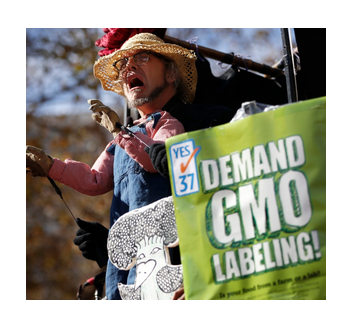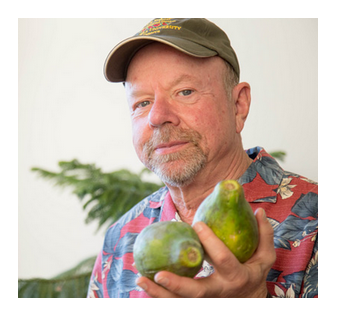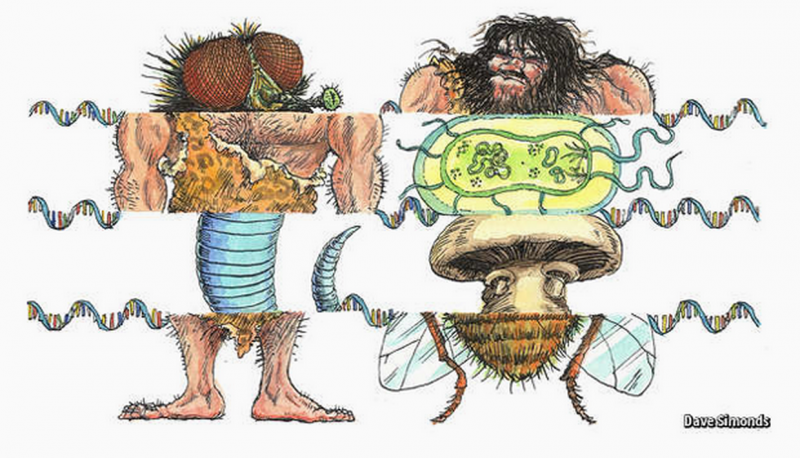 AAAS Presidents: The Anti-GMO Lobby Takes A Page from the Climategate Playbook
AAAS Presidents: The Anti-GMO Lobby Takes A Page from the Climategate Playbook
Last month, after an anti-GMO group targeted 14 public biotech scientists with a wave of FOIA request, three former presidents of the American Association for the Advancement of Science (AAAS) co-wrote a powerful opinion piece in the Guardian detailing the troubling similarities between the tactics of anti-GMO activists and those of anti-climate science activists. Nina Fedoroff, Peter Raven, and Philip Sharp concluded with a dire warning: Hostile challenges to intellectual enterprises such as universities and the people who practice science within them are hugely detrimental to our ability to make rational, evidence-based decisions in free societies, they wrote in the Guardian. If we allow ideologically-motivated campaigners to harass and threaten our leading thinkers and intellectual institutions, there will be less progress than we could otherwise achieve. Our civilization can do better than that.
 The Tragic Papaya: The Story of GE Crops in Hawaii
The Tragic Papaya: The Story of GE Crops in Hawaii
Cornell professor Anthony Shelton calls the GE Hawaiian papaya collateral damage in the global debate on biotechnology. Last month, Shelton, a world-renowned professor of entomology, published The Tragic Papaya a 12-part series that looks at the more than 20-year saga of the GE papaya in Hawaii from virus disease outbreak, to the development of Papaya ringspot virus (PRSV) resistant papaya, to the emergence of the opposition and their ultimate takeover of the democratic process. Shelton s fascinating series is published here.
 5 Questions with Matthew Schnurr: The Case for Prioritizing the Farmer Perspective and Demand Driven Biotech
5 Questions with Matthew Schnurr: The Case for Prioritizing the Farmer Perspective and Demand Driven Biotech
Matthew Schnurr, an environmental geographer at Canada s Dalhousie University, has studied GE crops in Uganda over the past decade. In this interview with the Alliance, Schnurr explains why he believes new generations of biotech crops hold more promise than first generation crops in Uganda. Schnurr also argues that government officials and funding organizations should invest more effort into farmer research and demand-driven technologies. Most experimental funding starts with the donors questions and reflects their priorities and political affiliations, said Schnurr. Comparatively little money is given to research that asks farmers what they need in order to be successful. Read the full interview here.
 Could Precise Technology Eliminate Fears of GE Foods?
Could Precise Technology Eliminate Fears of GE Foods?
Last month, a group of leading futurists convened by the World Economic Forum, declared precision genetic engineering as the one of the top 10 world-changing technologies of this year. The WEF highlighted advanced gene editing techniques, such as CRISPR-Cas9 and RNA interference, as having the potential to greatly improve the ability of crop scientists to respond to diseases, reduce chemical inputs, and develop crops that adapt to climate change. But perhaps most importantly, the WEF believes that the new gene-editing technologies could allay public fears about GE, especially if the resulting plant is not considered transgenic because no foreign genetic material is introduced.
 Genetically Modified People: Natural Transgenics is More Common Than Many Think
Genetically Modified People: Natural Transgenics is More Common Than Many Think
Opponents of GM crops often charge that transgenics are unnatural. But scientists have long known that some genes move from one species to another in a natural process called horizontal gene transfer. The Economist reported last month that Cambridge University scientists have found just how common natural transgenics is it even happens in people. A paper published in Genome Biology suggests that human beings have at least 145 genes picked up from other species by their forebears. As the Economist notes, It might surprise many people that they are even to a small degree part bacterium, part fungus and part algae.

 AAAS Presidents: The Anti-GMO Lobby Takes A Page from the Climategate Playbook
AAAS Presidents: The Anti-GMO Lobby Takes A Page from the Climategate Playbook The Tragic Papaya: The Story of GE Crops in Hawaii
The Tragic Papaya: The Story of GE Crops in Hawaii 5 Questions with Matthew Schnurr: The Case for Prioritizing the Farmer Perspective and Demand Driven Biotech
5 Questions with Matthew Schnurr: The Case for Prioritizing the Farmer Perspective and Demand Driven Biotech Could Precise Technology Eliminate Fears of GE Foods?
Could Precise Technology Eliminate Fears of GE Foods? Genetically Modified People: Natural Transgenics is More Common Than Many Think
Genetically Modified People: Natural Transgenics is More Common Than Many Think